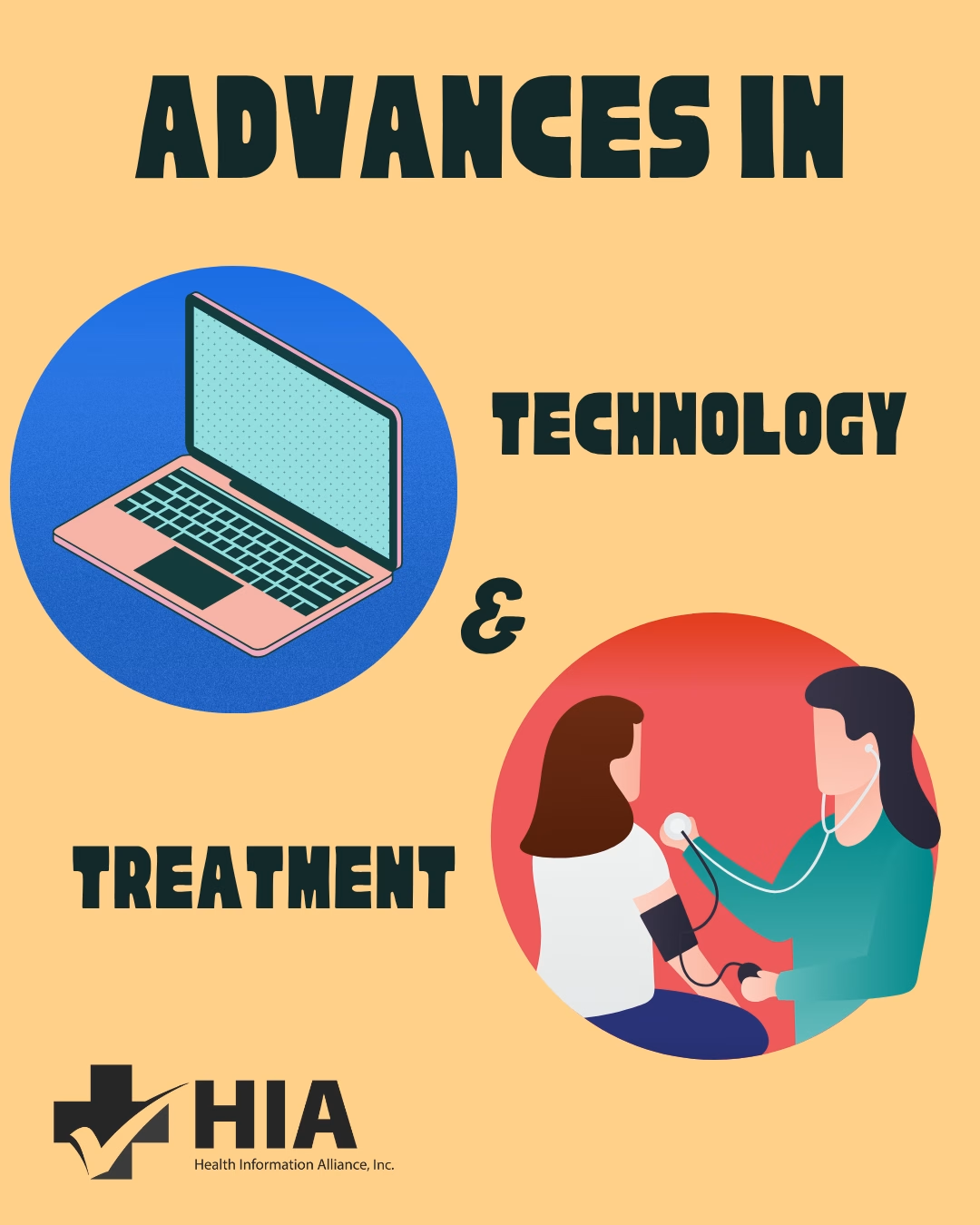Women in Medicine
March is recognized as Women’s History Month, a time to celebrate and honor the accomplishments and contributions of women throughout history. In medicine, numerous historical women broke through the barriers of discrimination based on gender or skin color. These women of diverse cultural backgrounds worked tirelessly to prove their worth and made remarkable medical achievements. While it’s impossible to mention every woman who made a significant impact in medicine, a few notable women in history deserve recognition for their exceptional contributions to the field.
Elizabeth Blackwell was the first woman to graduate from an American medical school in 1849. Despite facing discrimination from professors and local people, she opened the New York Infirmary for Women and Children in 1857, which trained nurses for Union hospitals during the Civil War.
Rebecca Lee Crumpler was the first African American woman to earn a medical degree in America. She faced discrimination as a woman and African American but got a scholarship to attend the New England Female Medical College in Boston, graduating in 1864. She then moved to Richmond to provide medical care to underprivileged people. Despite facing sexism, racism, and rudeness from her colleagues, she documented her experiences in a journal published in 1883 under the title A Book of Medical Discourses.
Susan LaFlesche Picotte (1865-1915) was the first Native American woman to earn a medical degree in America. She lived on Nebraska’s Omaha reservation and witnessed many Native Americans die due to lack of medical care when she was young. Like other women, she faced hardship for wanting to become a doctor. She eventually received her medical degree from the Woman’s Medical College of Pennsylvania. After completing her studies, she returned to the reservation as the only doctor for more than 1200 people across 400 miles. In 1913, with the help of her husband and donations, Susan LaFlesche Picotte opened the first hospital on a reservation that the government did not fund.
In 1953, Virginia Apgar, a physician, invented the first scientific tool to evaluate the health risks of a newborn baby and the need for immediate medical attention. This tool is now known as the Apgar score. Apgar graduated from the College of Physicians and Surgeons at Columbia University in 1933. Before the development of the Apgar score, doctors and nurses had limited knowledge of how to assess and treat newborns in their first few hours of life, resulting in unnecessary deaths of infants who could have been saved.
Patricia Bath invented the Laserphaco Probe in 1986. The Laserphaco Probe treats cataracts more precisely and with less pain. She was the first black female physician to patent a medical device and the first woman to chair an ophthalmology residency program.
Nancy W. Dickery, MD, became the first woman to be elected as President of the American Medical Association in 1998. She is also credited with developing the American Medical Association Patient Bill of Rights.
In 1947, Gerty Cori became the first woman to win the Nobel Prize in Physiology or Medicine. She was a professor of biochemistry at Washington University in St. Louis, where she and her husband conducted extensive research on how the human body processes sugar. Their work covered insulin production, blood glucose concentration, and hormones.
Women have been fighting for gender equality in medicine throughout history and still do so today. Honoring those who have redefined medicine and recognizing their challenges is momentous.
References:
AMN Healthcare. (2021, March 10). AMN Healthcare. Retrieved from Women’s History Month: https://www.amnhealthcare.com/blog/physician/perm/women-in-medicine-a-timeline-of-15-pioneers-and-innovators/
Carlton, G. (2023, March 3). Best Colleges. Retrieved from 13 Trailblazing Women Who Redefined Medicine: https://www.bestcolleges.com/blog/women-who-redefined-medicine/
Michals, D. (2015). National Women’s History Musem. Retrieved from Elizabeth Blackwell: https://www.womenshistory.org/education-resources/biographies/elizabeth-blackwell
Rothberg, E. (2021). Natonal Womens’ History Musem. Retrieved from Rebecca Lee Crumpler: https://www.womenshistory.org/education-resources/biographies/rebecca-lee-crumpler






